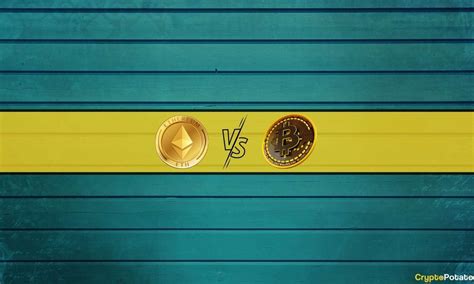Ethereum: Can there be a blockchain without mines?
In the field of blockchain technology, one of the most urgent questions was whether it was possible to build a decentralized network without mine. The short answer is yes, and in fact, several alternatives are examined or implemented.
What is mining?
Mining is the process of validating transactions on a blockchain and creating new blocks that are added to the chain. This process requires significant calculation power and energy because it contains the solution of complex mathematical problems. In exchange for your efforts, minors are rewarded with cryptocurrencies and newly formed transaction costs.
Can a blockchain exist without mines?
Yes, it is theoretically possible to build a blockchain for which no mine is required. However, this would probably differ considerably from the traditional blockchain of Ethereum (ETH) that we know today. Here is the reason:

: Another alternative is the use of buckets which are essentially easy and effective data structures which allow rapid and secure data storage and acceptance. These males can be used as decentralized data storage layer without operations.
Examples of non-bond block channels
Several blockchain projects have already examined or implemented alternatives to conventional mining models. For example:
: Solana is a faster and evolving blockchain that uses consensual salgorithm for history (POH) which eliminates the need for mining.
Challenges and restrictions
Although these alternatives offer promising solutions, there are still challenges:
Diploma
Although it is theoretically possible to build a blockchain without mines, it would probably require significant changes in conventional consensus salgorithms. However, with an increasing demand for decentralized solutions, we can expect more alternatives to appear. Since developers are always innovative and experience new approaches, we can finally discover the birth of non -minute blockchains that redefine the future of blockchain technology.
—
Note: This article is not an investment advice or a complete guide to build blocks of blocks for non-mine. Rather, it should provide an introduction to the concept and its possibilities as an analysis or in -depth recommendation.
© 2022 – Potenza Building Material